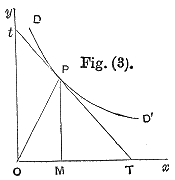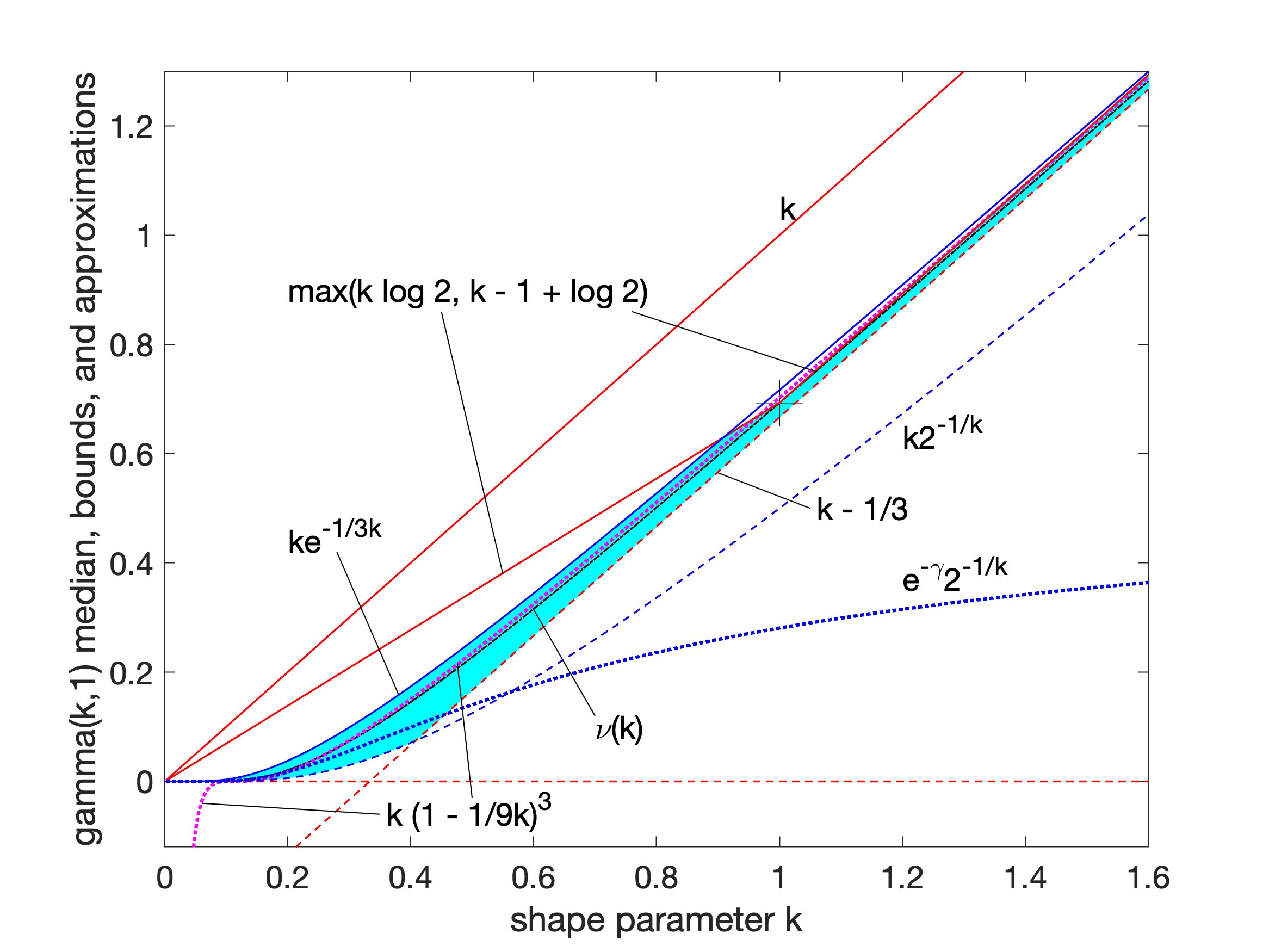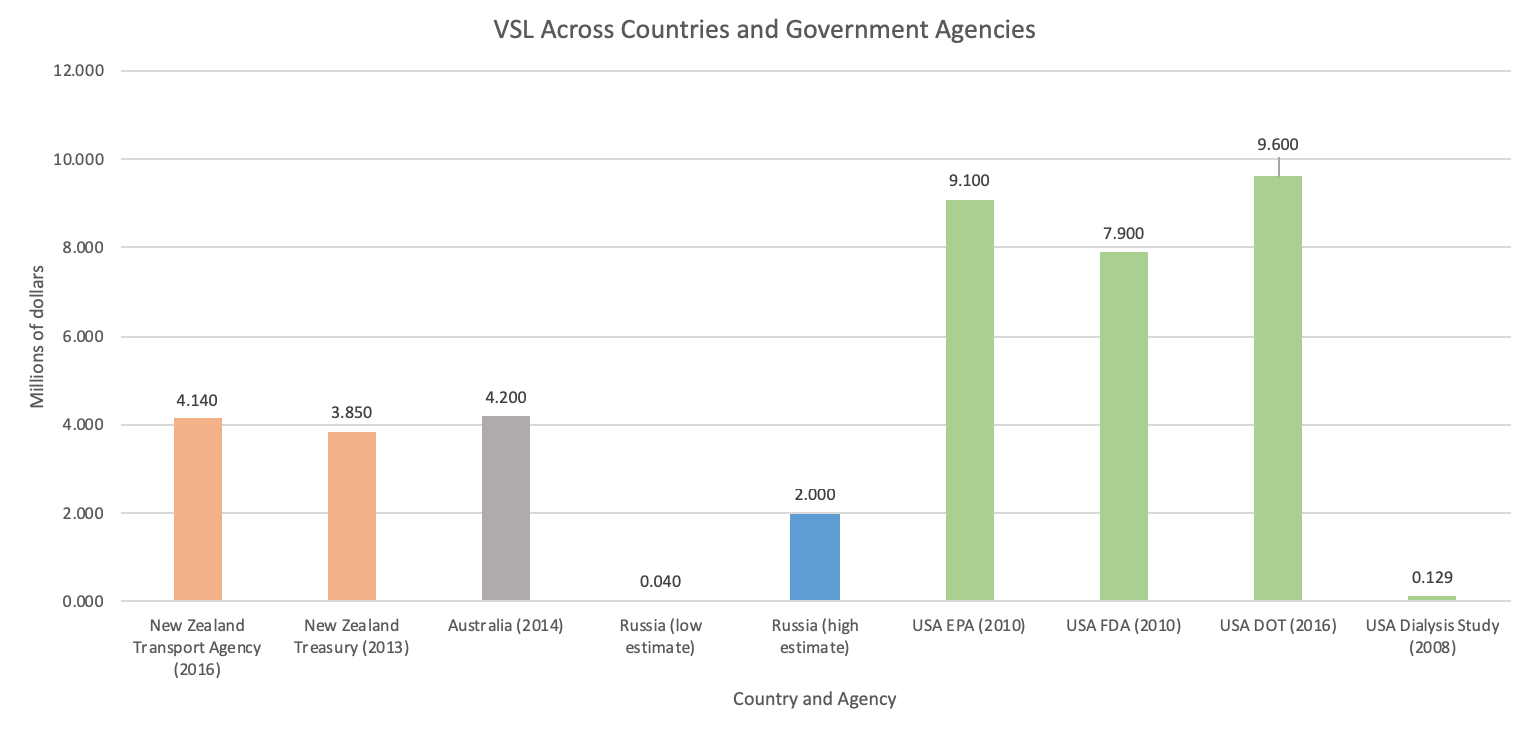|
Income Elasticity Of Demand
In economics, the income elasticity of demand is the responsivenesses of the quantity demanded for a good to a change in consumer income. It is measured as the ratio of the percentage change in quantity demanded to the percentage change in income. If a 10% increase in Mr. Ruskin Smith's income causes him to buy 20% more bacon, Smith's income elasticity of demand for bacon is 20%/10% = 2. * Mathematical definition :\epsilon_d = \frac The point elasticity version, which defines it as an instantaneous rate of change of quantity demanded as income changes, is as follows. For a given Marshallian demand function Q(I,\vec) , with arguments income and a vector of prices of all goods, :\epsilon_d = \frac\frac This can be rewritten in the form :\epsilon_d = \frac For discrete changes the elasticity is (using the arc elasticity) :\epsilon_d= \times =\times , where subscripts 1 and 2 refer to values before and after the change. Interpretation The most commonly used elastic ... [...More Info...] [...Related Items...] OR: [Wikipedia] [Google] [Baidu] |
Marshallian Demand Function
In microeconomics, a consumer's Marshallian demand function (named after Alfred Marshall) is the quantity they demand of a particular good as a function of its price, their income, and the prices of other goods, a more technical exposition of the standard demand function. It is a solution to the utility maximization problem of how the consumer can maximize their utility for given income and prices. A synonymous term is uncompensated demand function, because when the price rises the consumer is not compensated with higher nominal income for the fall in their real income, unlike in the Hicksian demand function. Thus the change in quantity demanded is a combination of a substitution effect and a wealth effect. Although Marshallian demand is in the context of partial equilibrium theory, it is sometimes called Walrasian demand as used in general equilibrium theory (named after Léon Walras). According to the utility maximization problem, there are ''L'' commodities with price vector '' ... [...More Info...] [...Related Items...] OR: [Wikipedia] [Google] [Baidu] |
Engel's Law
Engel's law is an economic relationship proposed by the statistician Ernst Engel in 1857. Even though Engel's law was proposed roughly 160 years ago, it holds relevance today in the context of poverty, especially the reduction of poverty. For instance, the lines and rates for national poverty are often determined by the food share of household expenditure. One definition of Engel's law by the Merriam-Webster dictionary is as follows: ''"a generalization in economics: such as family income increases, the percentage spent for food decreases, that spent for clothing, rent, heat, and light remains the same, while that spent for education, health, and recreation increases"'' A quotation of Engel himself from 1932 reveals the same relationship between income and percentage of income spent on food, but also indicates the application of Engel's Law in measuring standard of living: ''"The poorer is a family, the greater is the proportion of the total outgo amily expenditureswhich mus ... [...More Info...] [...Related Items...] OR: [Wikipedia] [Google] [Baidu] |
Price Elasticity Of Supply
The price elasticity of supply (PES or Es) is a measure used in economics to show the responsiveness, or elasticity, of the quantity supplied of a good or service to a change in its price. The elasticity is represented in numerical form, and is defined as the percentage change in the quantity supplied divided by the percentage change in price. When the elasticity is less than one, the supply of the good can be described as ''inelastic''; when it is greater than one, the supply can be described as ''elastic''.Png, Ivan (1999). pp. 129–32. An elasticity of zero indicates that quantity supplied does not respond to a price change: the good is "fixed" in supply. Such goods often have no labor component or are not produced, limiting the short run prospects of expansion. If the elasticity is exactly one, the good is said to be ''unit-elastic''. The quantity of goods supplied can, in the short term, be different from the amount produced, as manufacturers will have stocks which they ... [...More Info...] [...Related Items...] OR: [Wikipedia] [Google] [Baidu] |
Price Elasticity Of Demand
A good's price elasticity of demand (E_d, PED) is a measure of how sensitive the quantity demanded is to its price. When the price rises, quantity demanded falls for almost any good, but it falls more for some than for others. The price elasticity gives the percentage change in quantity demanded when there is a one percent increase in price, holding everything else constant. If the elasticity is −2, that means a one percent price rise leads to a two percent decline in quantity demanded. Other elasticities measure how the quantity demanded changes with other variables (e.g. the income elasticity of demand for consumer income changes). Price elasticities are negative except in special cases. If a good is said to have an elasticity of 2, it almost always means that the good has an elasticity of −2 according to the formal definition. The phrase "more elastic" means that a good's elasticity has greater magnitude, ignoring the sign. Veblen and Giffen goods are two classes of good ... [...More Info...] [...Related Items...] OR: [Wikipedia] [Google] [Baidu] |
Cross Elasticity Of Demand
In economics, the cross elasticity of demand or cross-price elasticity of demand measures the percentage change of the quantity demanded for a good to the percentage change in the price of another good, ceteris paribus. In real life, the quantity demanded of good is dependent on not only its own price (Price elasticity of demand) but also the price of other "related" products. \text = \frac The concept is used to identify the relationship between two goods, they can be: * Complements * Substitutes * Unrelated A negative cross elasticity denotes two products that are complements, while a positive cross elasticity denotes two products are substitutes. If products A and B are complements, an increase in the price of B leads to a decrease in the quantity demanded for A, as A is used in conjunction with B. Equivalently, if the price of product B decreases, the demand curve for product A shifts to the right reflecting an increase in A's demand, resulting in a ''negative'' value for the ... [...More Info...] [...Related Items...] OR: [Wikipedia] [Google] [Baidu] |
Kuznet's Curve
The Kuznets curve () expresses a hypothesis advanced by economist Simon Kuznets in the 1950s and 1960s. According to this hypothesis, as an economy develops, market forces first increase and then decrease economic inequality. The Kuznets curve appeared to be consistent with experience at the time it was proposed. However, since the 1960s, inequality has risen in the US and other developed countries. Kuznets ratio and Kuznets curve The Kuznets ratio is a measurement of the ratio of income going to the highest-earning households (usually defined by the upper 20%) to income going to the lowest-earning households,Kuznets, Simon. 1955. Economic Growth and Income Inequality. ''American Economic Review'' 45 (March): 1–28. which is commonly measured by either the lowest 20% or lowest 40% of income. Comparing 20% to 20%, a completely even distribution is expressed as 1; 20% to 40% changes this value to 0.5. Kuznets curve diagrams show an inverted U curve, although variables along the ... [...More Info...] [...Related Items...] OR: [Wikipedia] [Google] [Baidu] |
Gamma Distribution
In probability theory and statistics, the gamma distribution is a two-parameter family of continuous probability distributions. The exponential distribution, Erlang distribution, and chi-square distribution are special cases of the gamma distribution. There are two equivalent parameterizations in common use: #With a shape parameter k and a scale parameter \theta. #With a shape parameter \alpha = k and an inverse scale parameter \beta = 1/ \theta , called a rate parameter. In each of these forms, both parameters are positive real numbers. The gamma distribution is the maximum entropy probability distribution (both with respect to a uniform base measure and a 1/x base measure) for a random variable X for which E 'X''= ''kθ'' = ''α''/''β'' is fixed and greater than zero, and E n(''X'')= ''ψ''(''k'') + ln(''θ'') = ''ψ''(''α'') − ln(''β'') is fixed (''ψ'' is the digamma function). Definitions The parameterization with ''k'' and ''θ'' appears to be more common in econo ... [...More Info...] [...Related Items...] OR: [Wikipedia] [Google] [Baidu] |
Income Bracket
An income bracket is a category of people whose income falls within defined upper and lower levels. In governmental planning, entire populations are divided into income brackets. These brackets are used to categorize demographic data as well as determine levels of taxation and welfare benefits. See also * Tax bracket * Salary packaging Salary packaging (also known as salary sacrifice or salary exchange) is the inclusion of employee benefits (also called fringe benefits) in an employee remuneration package in exchange for giving up part of monetary salary. Such arrangements are ... References Human resource management Income distribution Demographic economics {{labor-stub ... [...More Info...] [...Related Items...] OR: [Wikipedia] [Google] [Baidu] |
Income Distribution
In economics, income distribution covers how a country's total GDP is distributed amongst its population. Economic theory and economic policy have long seen income and its distribution as a central concern. Unequal distribution of income causes economic inequality which is a concern in almost all countries around the world. Classical economists such as Adam Smith (1723–1790), Thomas Malthus (1766–1834), and David Ricardo (1772–1823) concentrated their attention on factor income-distribution, that is, the distribution of income between the primary factors of production (land, labour and capital). Modern economists have also addressed issues of income distribution, but have focused more on the distribution of income across individuals and households. Important theoretical and policy concerns include the balance between income inequality and economic growth, and their often inverse relationship. The Lorenz curve can represent the distribution of income within a society. The Lore ... [...More Info...] [...Related Items...] OR: [Wikipedia] [Google] [Baidu] |
Selected Income Elasticities
Selection may refer to: Science * Selection (biology), also called natural selection, selection in evolution ** Sex selection, in genetics ** Mate selection, in mating ** Sexual selection in humans, in human sexuality ** Human mating strategies, in human sexuality * Social selection, within social groups * Selection (linguistics), the ability of predicates to determine the semantic content of their arguments * Selection in schools, the admission of students on the basis of selective criteria * Selection effect, a distortion of data arising from the way that the data are collected * A selection, or choice function, a function that selects an element from a set Religion * Divine selection, selection by God * Papal selection, selection by clergy Computing * Selection (user interface) ** X Window selection * Selection (genetic algorithm) * Selection (relational algebra) * Selection-based search, a search engine system in which the user invokes a search query using only the mo ... [...More Info...] [...Related Items...] OR: [Wikipedia] [Google] [Baidu] |
Arc Elasticity
In mathematics and economics, the arc elasticity is the elasticity of one variable with respect to another between two given points. It is the ratio of the percentage change of one of the variables between the two points to the percentage change of the other variable. It contrasts with the ''point elasticity'', which is the limit of the arc elasticity as the distance between the two points approaches zero and which hence is defined at a single point rather than for a pair of points. Like the point elasticity, the arc elasticity can vary in value depending on the starting point. For example, the arc elasticity of supply of a product with respect to the product's price could be large when the starting and ending prices are both low, but could be small when they are both high.20%/10%=2 Formula The ''y'' arc elasticity of ''x'' is defined as: :E_ = \frac where the percentage change in going from point 1 to point 2 is usually calculated relative to the midpoint: :\% \mbox x = \frac; ... [...More Info...] [...Related Items...] OR: [Wikipedia] [Google] [Baidu] |
Value Of Life
The value of life is an economic value used to quantify the benefit of avoiding a fatality. It is also referred to as the cost of life, value of preventing a fatality (VPF), implied cost of averting a fatality (ICAF), and value of a statistical life (VSL). In social and political sciences, it is the marginal cost of death prevention in a certain class of circumstances. In many studies the value also includes the quality of life, the expected life time remaining, as well as the earning potential of a given person especially for an after-the-fact payment in a wrongful death claim lawsuit. As such, it is a statistical term, the cost of reducing the average number of deaths by one. It is an important issue in a wide range of disciplines including economics, health care, adoption, political economy, insurance, worker safety, environmental impact assessment, and globalization. The motivation for placing a monetary value on life is to enable policy and regulatory analysts to allocate the ... [...More Info...] [...Related Items...] OR: [Wikipedia] [Google] [Baidu] |





